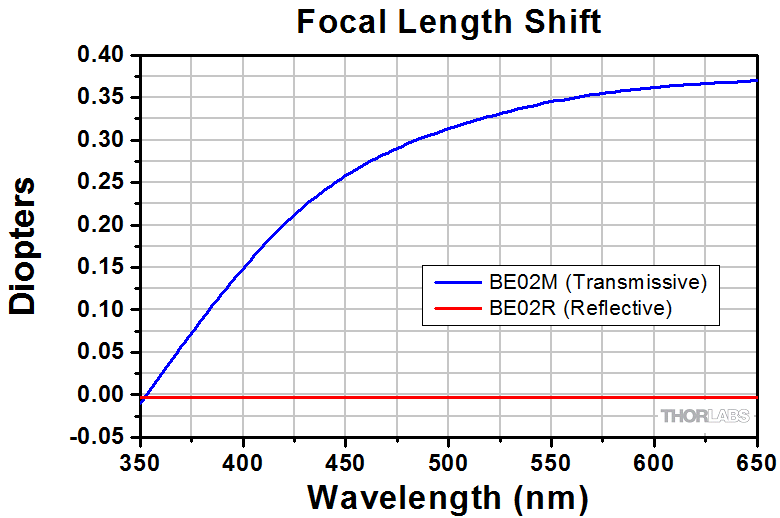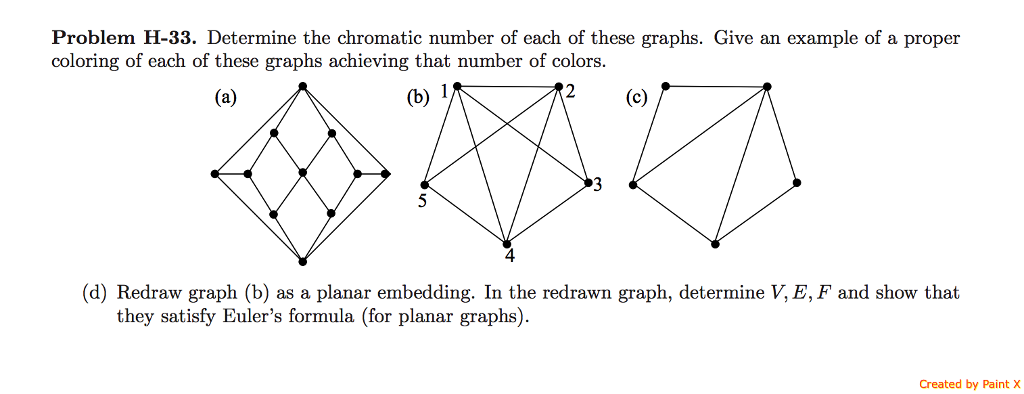

McDiarmid and Reed also tighten the upper bounds in Theorem 1 for the case where. Graph Theory, Combinatorics, Probabilistic Method improper chromatic number to the clique number for unit disk graphs and. We conjecture that every unit-disk graph $G$ has average degree at most $4\omega(G)$, which would imply the existence of a $O(\log n)$ round algorithm coloring any unit-disk graph $G$ with (approximatively) $4\omega(G)$ colors.Maître de Conférences (Associate Professor)Įquipe GALaC, bâtiment 650 (PCRI), bureau 235 Local Construction of Planar Spanners in Unit Disk Graphs with Irregular. This algorithm is based on a study of the local structure of unit-disk graphs, which is of independent interest. Stacho, A note on upper bound for chromatic number of a graph, Acta Math. Moreover, when $\omega(G)=O(1)$, the algorithm runs in $O(\log^* n)$ rounds. When nodes do not know their coordinates in the plane, we give a distributed algorithm in the LOCAL model that colors every unit-disk graph $G$ with at most $5.68\omega(G)$ colors in $O(2^)$ rounds. This improves upon a classical 3-approximation algorithm for this problem, for all unit-disk graphs whose chromatic number significantly exceeds their clique number.

graph is a unit disk graph, so the coloring problem is 3-approximable. is a uniform bound on the clique chromatic number for all geometric graphs in. When nodes do not know their coordinates in the plane, we give a distributed algorithm in the LOCAL model that colors every unit-disk graph with at most colors in rounds. Several lower bounds for the chromatic bounds have been discovered over the years. points in the plane, and let G be the corresponding unit disk graph. In the location-aware setting (when nodes know their coordinates in the plane), we give a constant time distributed algorithm coloring any unit-disk graph $G$ with at most $(3+\epsilon)\omega(G)+6$ colors, for any constant $\epsilon>0$, where $\omega(G)$ is the clique number of $G$. This improves upon a classical 3-approximation algorithm for this problem, for all unit-disk graphs whose chromatic number significantly exceeds their clique number. Figure 1: An example of a line separator of a unit disk graph. In this paper, we shall obtain the lower bound for C(G(R, D)) by considering lower bounds for the fractional chromatic number. In this paper, we consider two natural distributed settings. Given a set of n unit disks with m pairs of intersecting disks, we show that a line 2/3 -separator of size O((m+n)logn) can be found in expected O(n) time, and that an axis-parallel line 4/5 -separator of size O(m+n) can be found in deterministic O(n) time. The main result of the present paper shows that the chromatic number of G is linear in (G) and is at most 13 (G), where (G) is the indepen. The best known lower bound for the chromatic number of the unit distance graph of Euclidean n-space is by Raigorodskii (Electronic Notes in Discrete. In this context it is important to bound not only the complexity of the coloring algorithms, but also the number of colors used. An upper bound on the chromatic number of G implies directly an upper bound on the frame length in the Time Division Multi-Allocation (TDMA) used for transmission scheduling in the sensor network. Otherpropertieson the UD graphsaresummarizedin 5. This is an improvement over the standard sequential coloring algorithm that has a worst case lower bound on its performance ratio of 4-3/k (for any k>2, where k is the chromatic number of the unit disk graph achieving the lower bound) (Tsai et al., in Inf. We start with simple lower bounds for unit disk graphs. The best know upper bound for chromatic number on DD graph is found 3 in 6. Next, we derive lower bounds for online coloring and labeling. Abstract : Coloring unit-disk graphs efficiently is an important problem in the global and distributed setting, with applications in radio channel assignment problems when the communication relies on omni-directional antennas of the same power. This type of graph, is the graph that has been presented in 6, which is called Unit Disk (UD) graph, and it could be generalized as Double Disk (DD) graph.


 0 kommentar(er)
0 kommentar(er)
